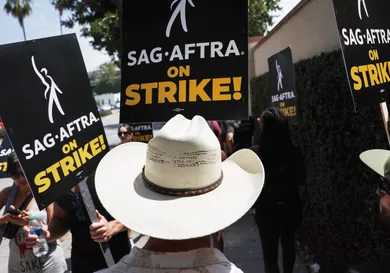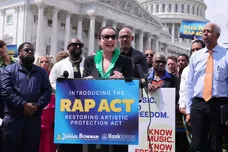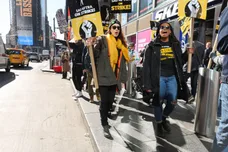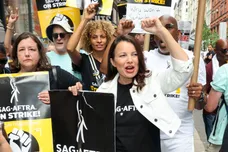The SAG-AFTRA (Screen Actors Guild-American Federation of Television and Radio Artists) strike has brought Hollywood actors and writers to a standstill. It is causing significant repercussions for the TV and film industries. Productions have come to a screeching halt, leading to substantial financial losses for studios, independent filmmakers, and the thousands of workers within the industry who rely on acting and related jobs for their livelihoods. The strike's timing couldn't have been worse, as it coincides with the ongoing WGA (Writers Guild of America) strike and exacerbates the challenges already faced due to the lingering effects of the pandemic.
Strike Origins

The SAG-AFTRA strike was officially set in motion on July 14, 2023. This marks the first time since the 1980s that actors have spearheaded a labor dispute. It's also the first instance of a simultaneous strike with writers since 1960. The magnitude of this action rivals the disruptions caused by COVID-19, underlining its significance in entertainment history. At the heart of this labor strife are crucial issues that have been simmering within the industry for some time. The core concerns include the appropriation of actors' likenesses, the need for improved pay and protections for actors and writers alike in the era of streaming platforms, and matters related to economic fairness and residuals. These issues have been brought to the forefront as technology blurs the lines between reality and the artificial.
AI Usage & Streaming
A major sticking point of the strike revolves around using AI to recreate actors' likenesses without their consent. As technology advances, the potential for misuse has raised ethical concerns. Actors are demanding strict regulations to safeguard their images and artistic integrity in the face of the rapidly evolving technology. Similarly, the rise of streaming platforms has transformed traditional entertainment mediums. With the availability of convenient content consumption, television broadcasts and theater screenings are starting to become obsolete. However, this shift has also resulted in challenges regarding fair compensation and the protection of actors' rights. As streaming becomes the primary avenue for content delivery, actors will seek better contractual protections reflecting the changing industry dynamics.
Strike Impact & Potential Industry Shifts
With the industry already navigating unprecedented challenges, integrating AI and automation in content creation could further affect the job market for actors, writers, and media professionals. The strike could also affect the relationship between actors and the studios. If the strike drags on, it may erode trust and lead to more heated negotiations in the future. The calls for pay cuts for both actors and executives further complicate the situation, potentially souring relationships.
If nothing changes, the industry could find itself in critical conditions. The strike's impact on TV and film production will continue to escalate, leading to delays in releasing new content and the potential cancellation of projects altogether. Studios and production companies will face mounting financial pressures, which may result in layoffs and downsizing to cope with the losses incurred during the work stoppage. Down the line, consumers may even turn to alternative forms of entertainment, like user-generated content and other emerging technologies. This could leave studious struggling to recapture their once-captive audiences.
What This Could Mean
If the SAG-AFTRA Strike continues without resolution and Hollywood fails to adapt, it may face even more significant challenges. This could include prolonged delays, financial struggles, strained relationships, and potential disruptions in traditional Hollywood practices. Addressing these issues and finding common ground between all parties involved will be critical to ensure the industry's survival.







